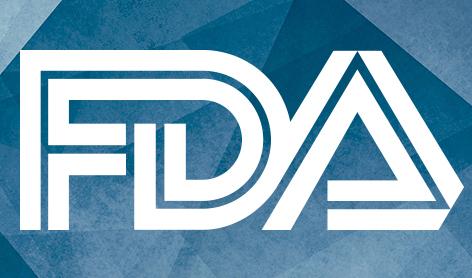FDA Grants Empagliflozin Breakthrough Therapy Designation for HFpEF
Announced by Boehringer Ingelheim and Eli Lilly and Company on September 9, the Breakthrough Therapy designation for empagliflozin is based on the results of the EMPEROR-Preserved trial.

Boehringer Ingelheim and Eli Lilly and Company have announced the US Food and Drug Administration (FDA) granted Breakthrough Therapy designation for empagliflozin (Jardiance) as an investigational treatment for adult patients with heart failure with preserved ejection fraction (HFpEF).
Announced in a statement on September 9, the Breakthrough Therapy designation was granted less than a month after empagliflozin received approval for use in patients with heart failure with reduced ejection fraction (HFrEF) and the designation is based on the results of the landmark EMPEROR-Preserved trial, which was presented at the European Society of Cardiology Congress 2021 and simultaneously published in the New England Journal of Medicine.
"This Breakthrough Therapy designation underscores the potential of Jardiance to help fill a critical need for a clinically proven treatment for people with this highly prevalent, difficult-to-treat condition," said Mohamed Eid, MD, MPH, MHA, vice president of Clinical Development & Medical Affairs, Cardio-Metabolism & Respiratory Medicine with Boehringer Ingelheim Pharmaceuticals, Inc, in the aforementioned statement. “Following the recent FDA approval of Jardiance for heart failure with reduced ejection fraction, this is another important milestone supporting the potential of Jardiance as the first therapy clinically proven to improve outcomes across the full heart failure spectrum."
Presented at ESC Congress 2021, EMPEROR-Preserved was hailed by sponsors Boehringer Ingelheim and Eli Lilly and Company as the first and only successful trial for HFpEF when the companies announced the trial had met its primary end point in July 2021. A phase 3 trial randomizing patients to empagliflozin 10 mg or placebo therapy in addition to guideline-directed medical therapy, EMPEROR-Preserved enrolled nearly 5988 patients with and without type 2 diabetes, with NYHA class II-IV heart failure, and an ejection fraction greater than 40%. With a median follow-up time of 26.2 months and a composite primary end point of time to first event of cardiovascular death or hospitalization for heart failure, results of the trial suggested use of empagliflozin was associated with a 21% reduction in the primary end point (HR, 0.79; 95% CI, 0.69-0.90; P <.001).
Further analysis of trial results indicated this effect was mainly driven by a lower risk of hospitalization (HR, 0.73; 95% CI, 0.61-0.88; P <.001), with investigators pointing out the reductions observed for cardiovascular death did not reach statistical significance (HR, 0.91; 95% CI, 0.75-1.09). Additionally, use of empagliflozin was associated with a slower rate of eGFR decline compared to use of placebo therapy (-1.25 vs -2.62 ml/min/1.73m2/year; P <.0001).
"Given the scarcity of treatment options for this debilitating condition, the benefits demonstrated in the EMPEROR-Preserved trial constituted a major clinical breakthrough," said Jeff Emmick, MD, PhD, vice president, Product Development, Lilly. "Together with our Boehringer Ingelheim partners, we look forward to working closely with the FDA through this accelerated process to potentially bring Jardiance to adults with heart failure with preserved ejection fraction as soon as possible."
In their statement, Boehringer Ingelheim and Eli Lilly and Company noted empagliflozin is currently approved by the FDA for lowering blood sugar along with diet and exercise in adults with type 2 diabetes, reducing the risk of cardiovascular death in adults with type 2 diabetes with known cardiovascular disease, and reducing the risk of cardiovascular death and hospitalization for heart failure in adults with HFrEF.